Laser Fluence Calculator
Understanding Laser Fluence Calculator: A Comprehensive Guide
Introduction
Laser fluence calculator is used in physics and engineering, precision is paramount. Laser fluence, the energy delivered per unit area, stands as a fundamental metric in various applications spanning material processing, medical treatments, and scientific research.
The Significance of Laser Fluence Calculation
Laser fluence, often referred to as energy density, quantifies the energy delivered by a laser beam over a specific area. This metric holds immense importance in ensuring optimal performance and desired outcomes in laser-based applications.
Key Applications of Laser Fluence Calculation:
- Material Processing: In laser cutting, welding, and ablation processes, precise control over laser fluence is critical for achieving accurate material removal and desired surface modifications.
- Medical Treatments: Laser therapies, including dermatological procedures and laser eye surgeries, rely on carefully calculated fluence levels to ensure effective treatment while minimizing damage to surrounding tissues.
- Scientific Research: In fields like spectroscopy and microscopy, accurately determining laser fluence facilitates reproducible experimental conditions and meaningful data analysis.
The Laser Fluence Calculation Formula
The formula for calculating laser fluence (F) is straightforward:
𝐹=𝐸𝐴F=AE
Where:
- 𝐹F represents the fluence in energy per unit area (usually measured in joules per square centimeter or millijoules per square centimeter).
- 𝐸E denotes the energy delivered by the laser beam (measured in joules or millijoules).
- 𝐴A stands for the area over which the laser energy is distributed (measured in square centimeters).
Example Calculation
Let’s consider an example where a laser delivers 10 millijoules (mJ) of energy over an area of 5 square centimeters (cm²). Using the fluence formula:
𝐹=10 mJ5 cm2=2 mJ/cm2F=5 cm210 mJ=2 mJ/cm2
Thus, the fluence of the laser beam in this scenario is 2 millijoules per square centimeter.
Conclusion
In conclusion, understanding and accurately calculating laser fluence is indispensable for achieving desired outcomes in laser-based applications. Whether it’s optimizing material processing techniques, delivering precise medical treatments, or conducting groundbreaking scientific research, the fluence of a laser beam serves as a cornerstone metric. By grasping the concept of laser fluence calculation and its formula, engineers, researchers, and practitioners can harness the power of laser technology to its fullest potential, driving innovation and progress across diverse fields.
